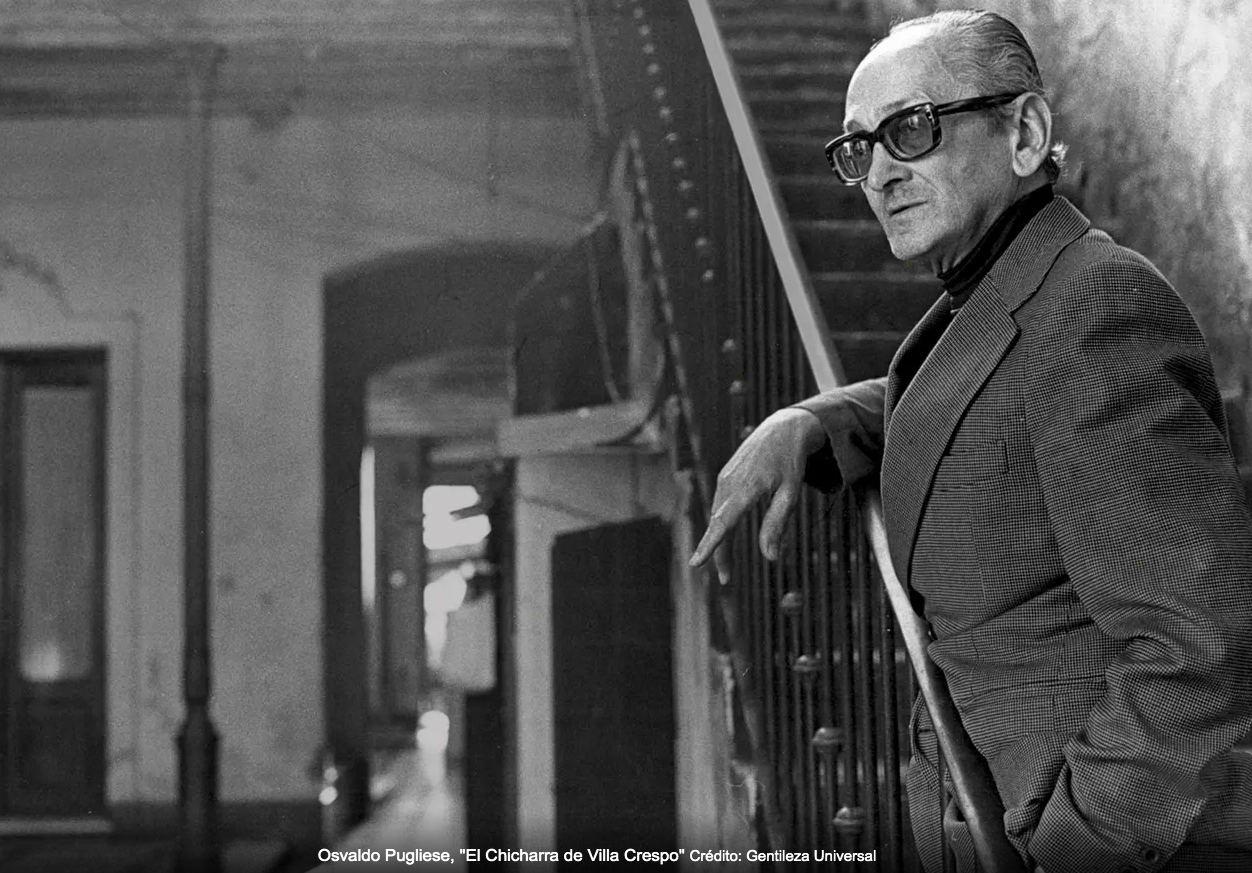Tango Intoxication is the feeling I crave every night even before I touch my partner’s hand while entering the embrace of Tango.
It is a special piece of magic which stupefies me, places me in an intoxicant induced state of excitement, joy, and elation well beyond the limits of sobriety, a tango high. It is as if a pulsating orb of invisible, yet blurred color surrounded and gently massaged me. This is an evasive, clandestine form of intoxication that does not readily avail itself to the uninitiated.
You have to work for it, and even then, there is no guarantee this sensation will find you.
The art of tango dancing has the power to induce a trance-like condition in the dancer, transporting them to a realm where time, hunger, thirst, pain, and other physical, mental, and emotional challenges, as well as worldly problems, seem to vanish almost entirely. With “Tango Intoxication,” you’ll have a better grasp on the idea and be ready to embark on that journey.
Read MoreWhen you have been intoxicated by Tango there will be no hangover, no regret. Tango intoxication is not imaginary, it is a real feeling I have experienced.




















